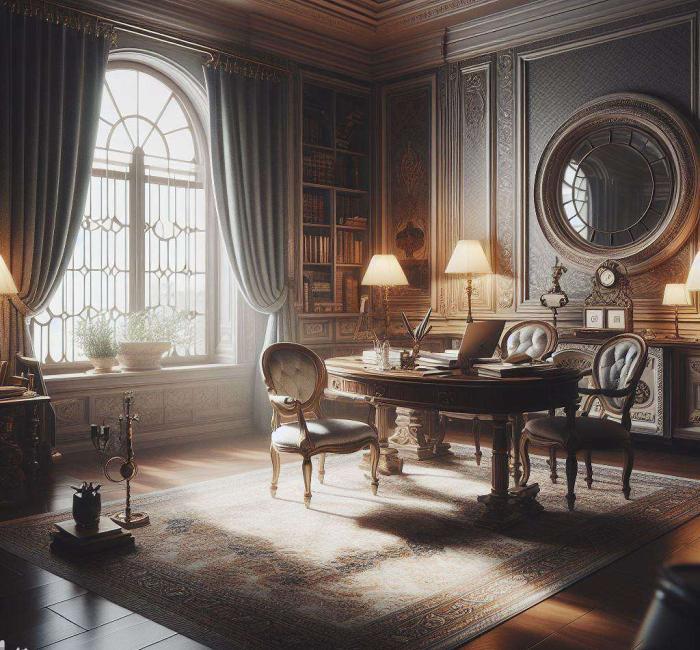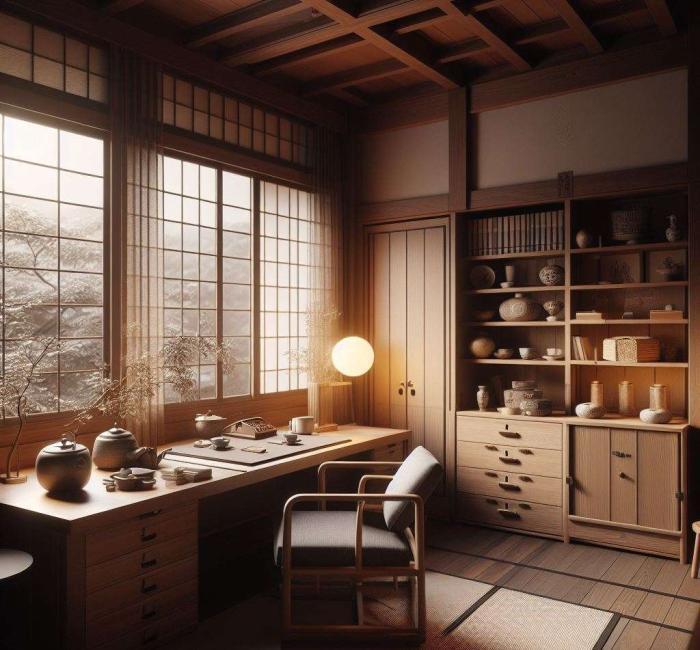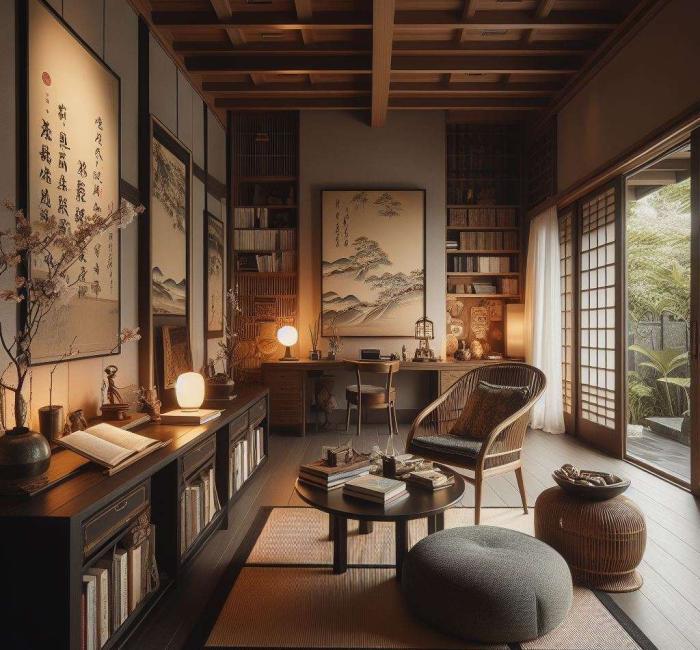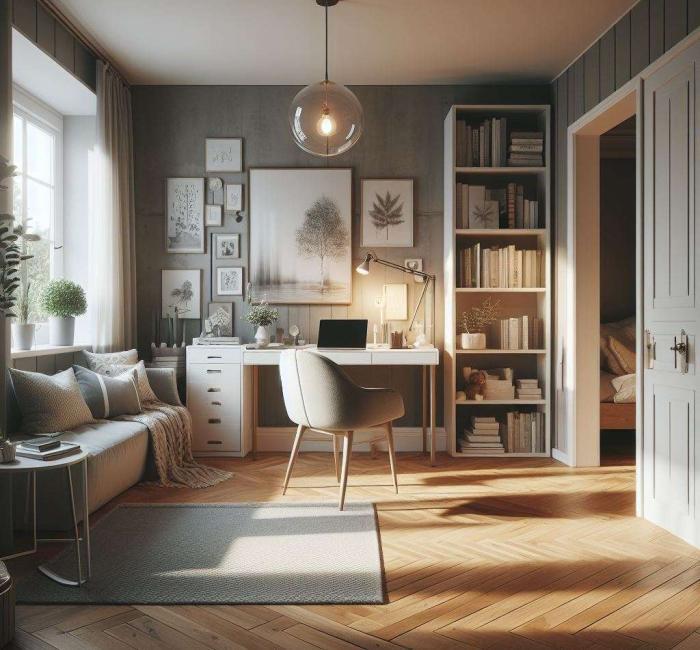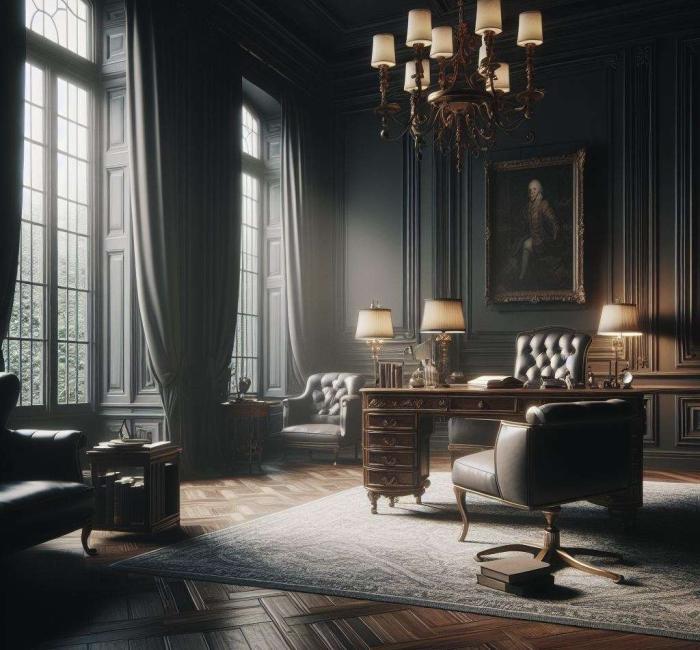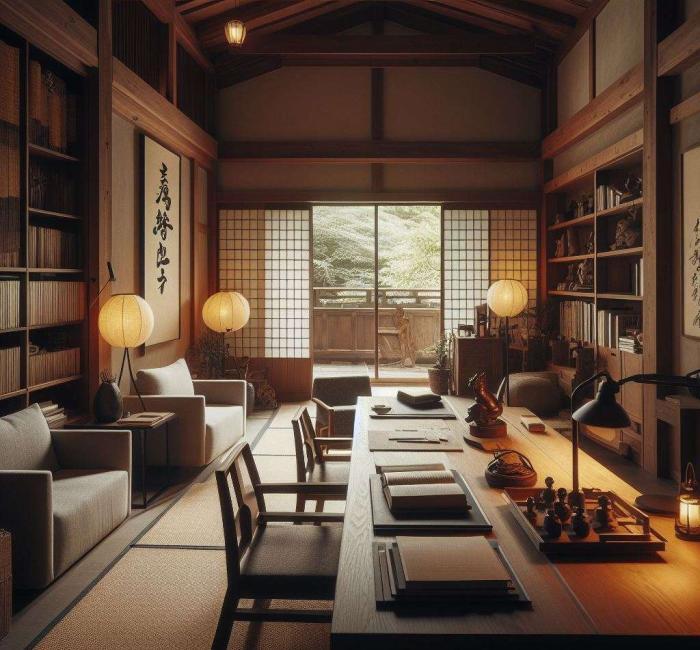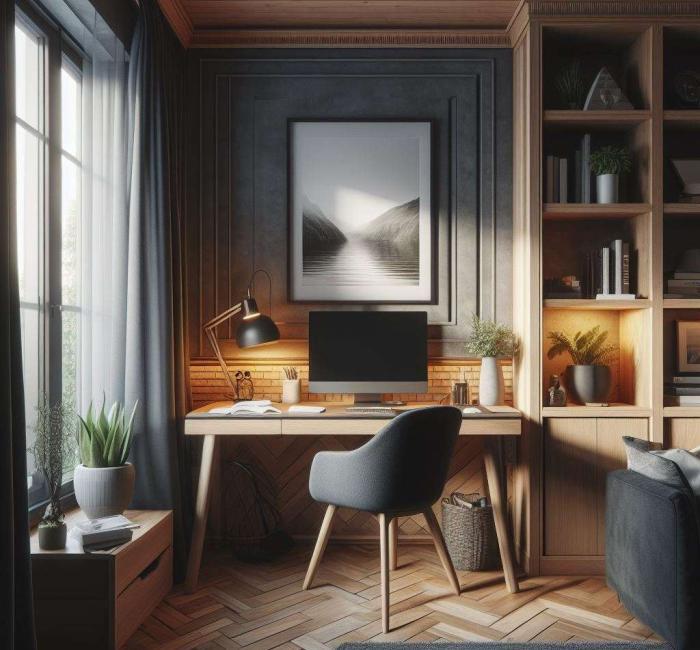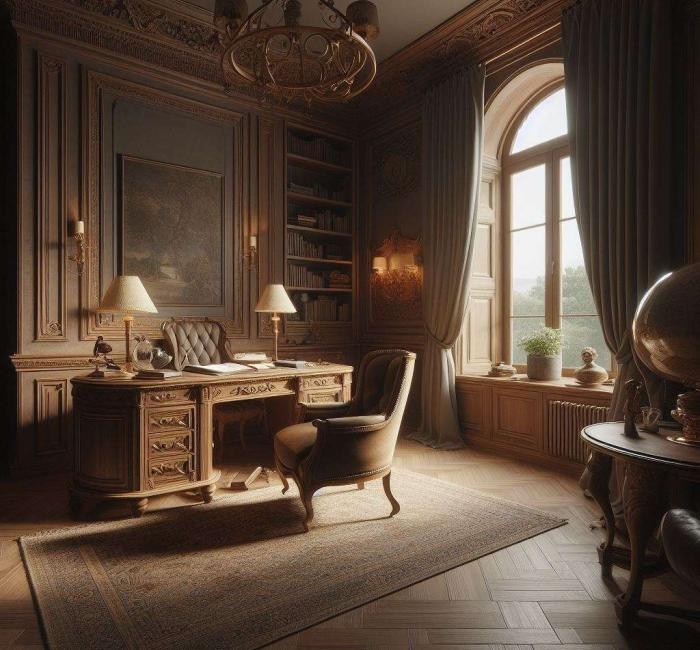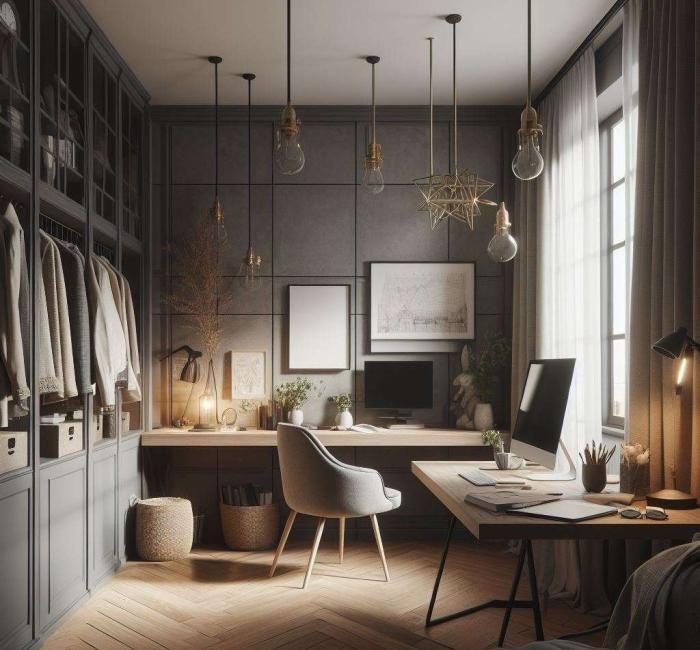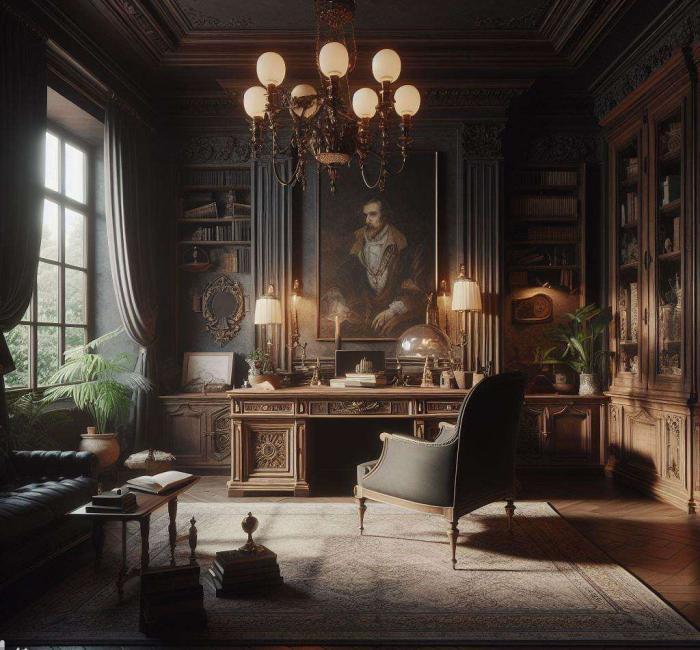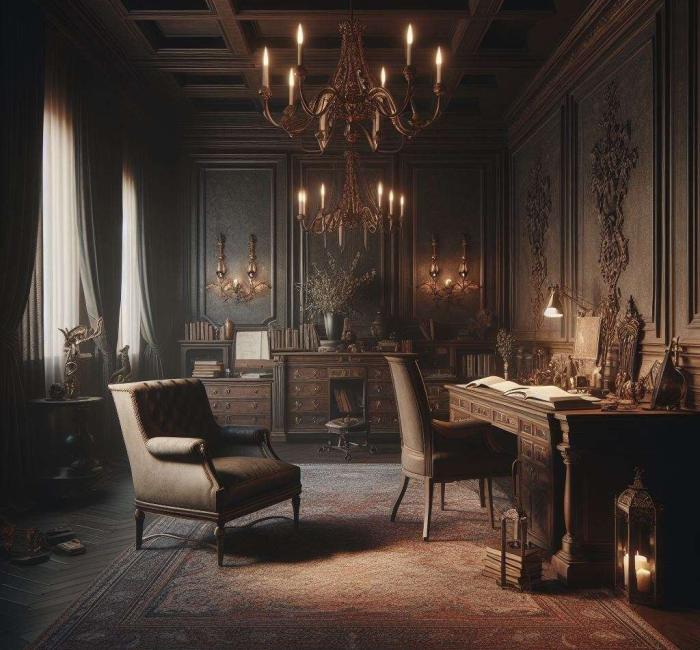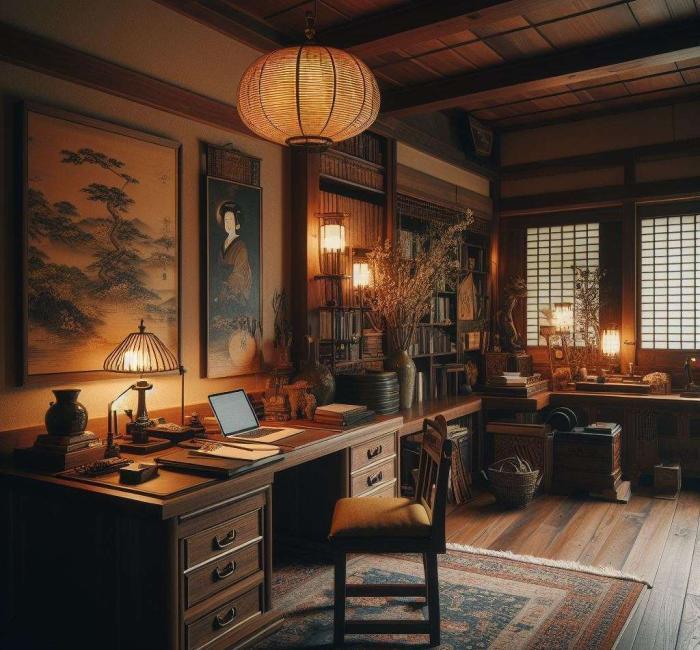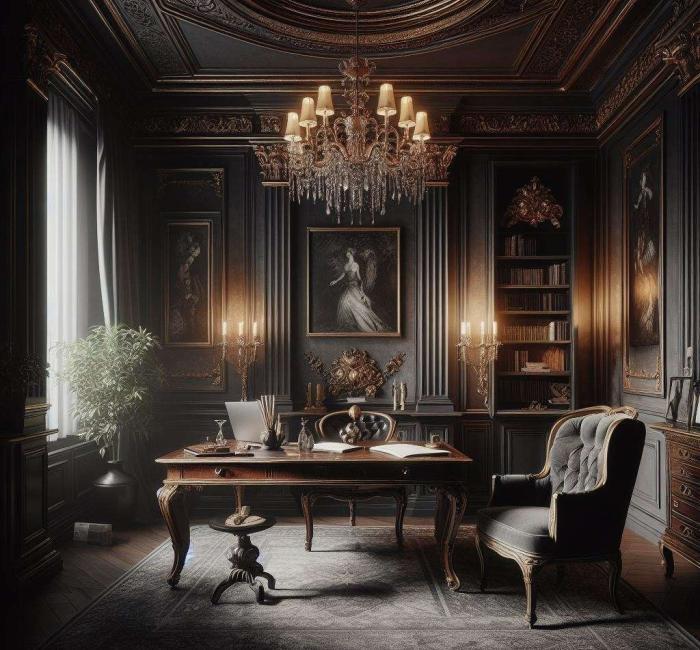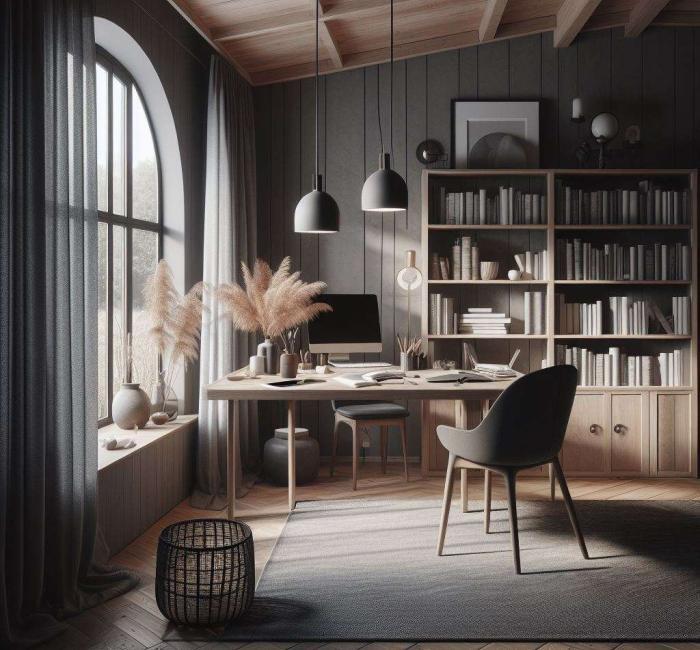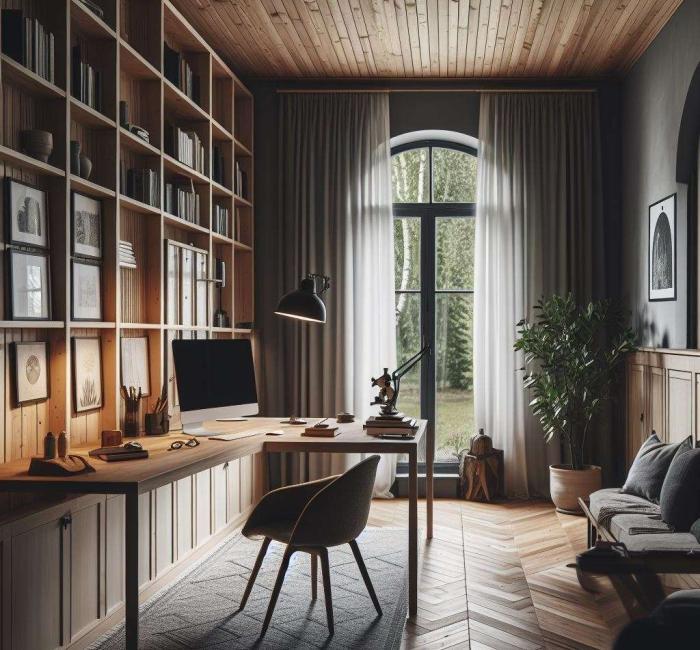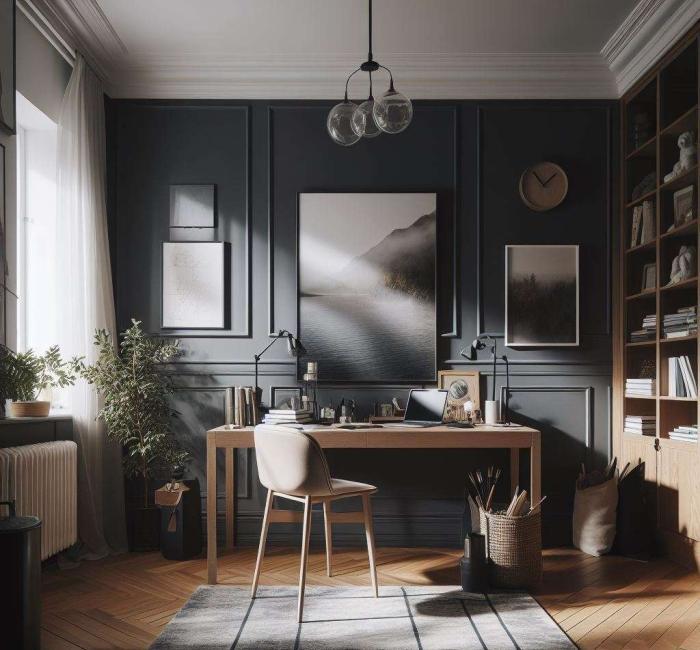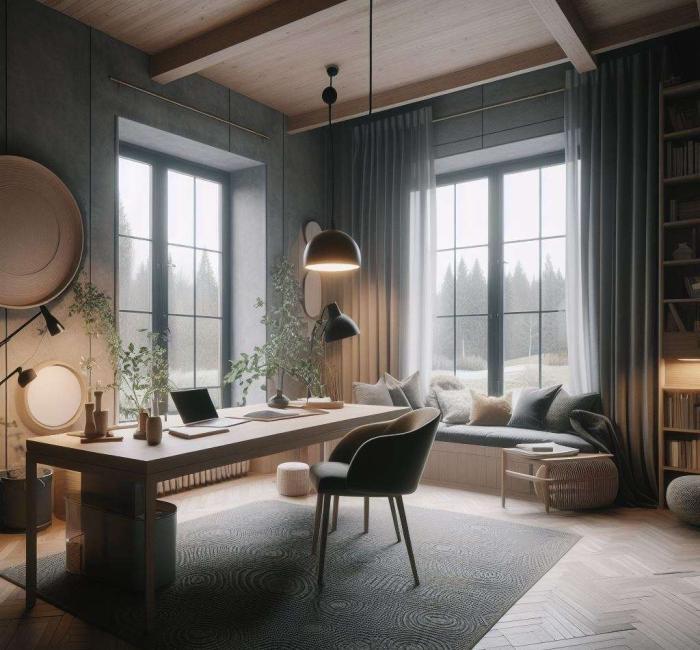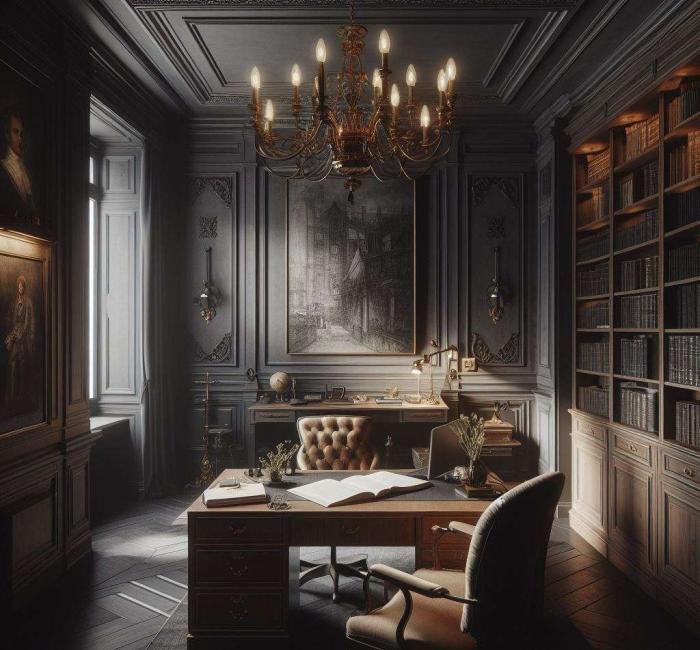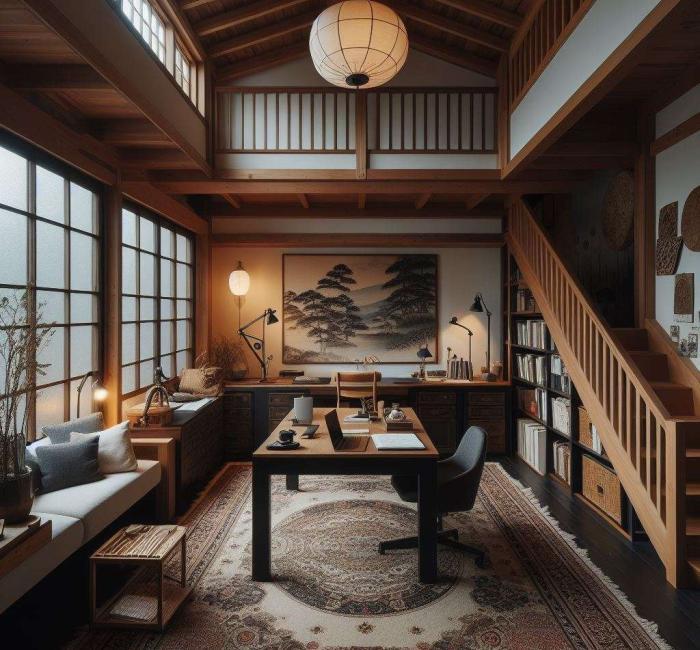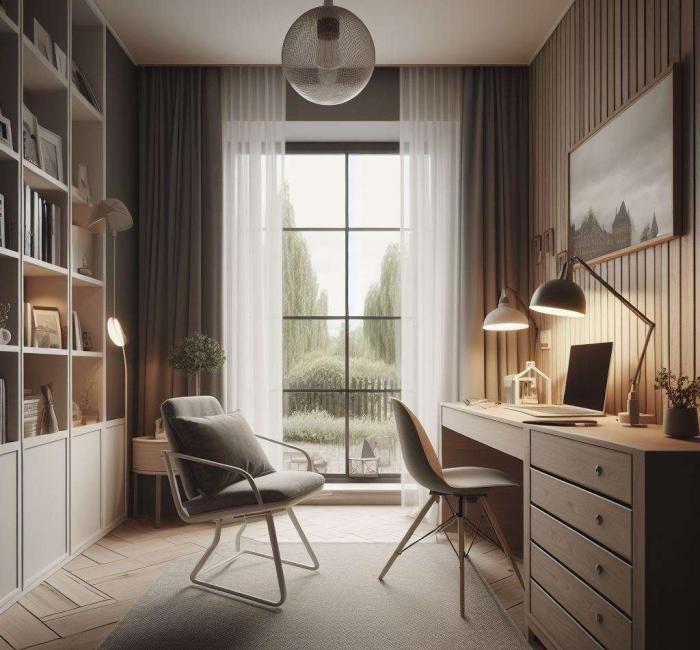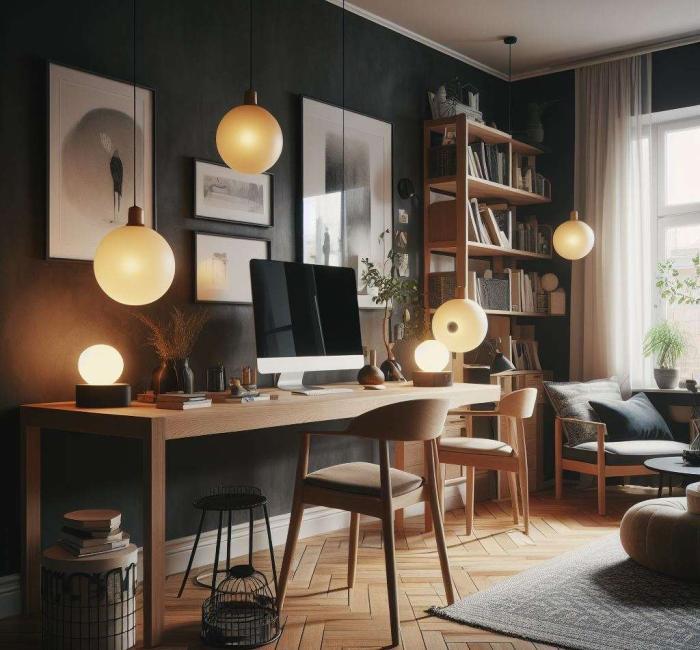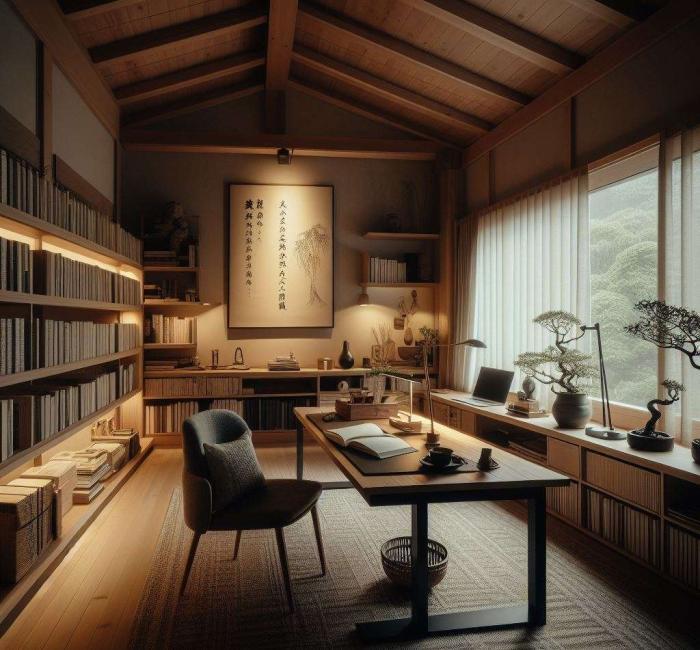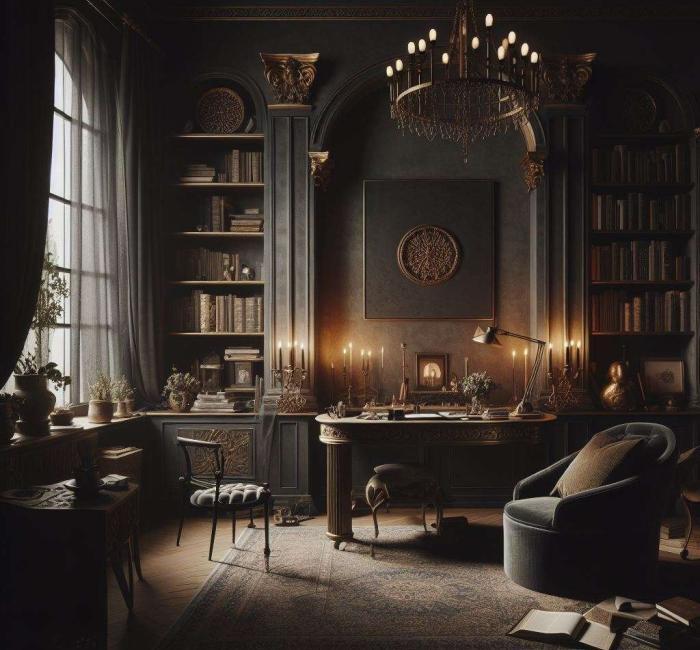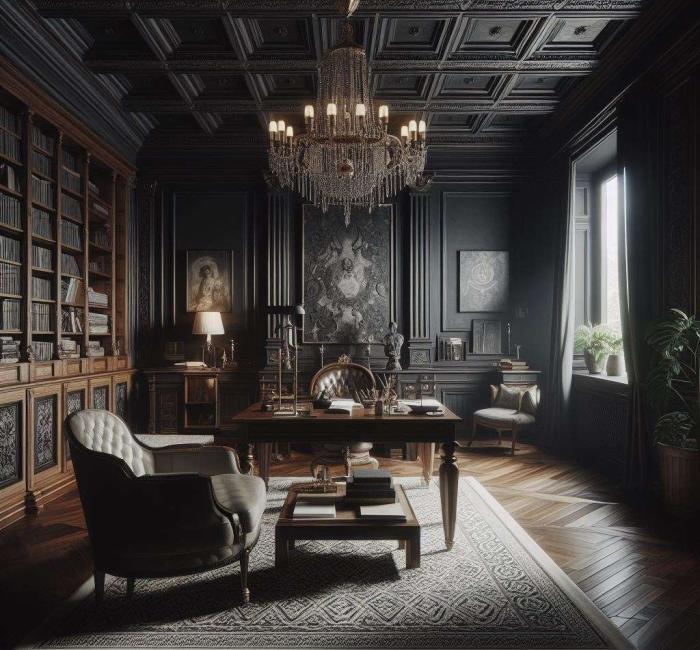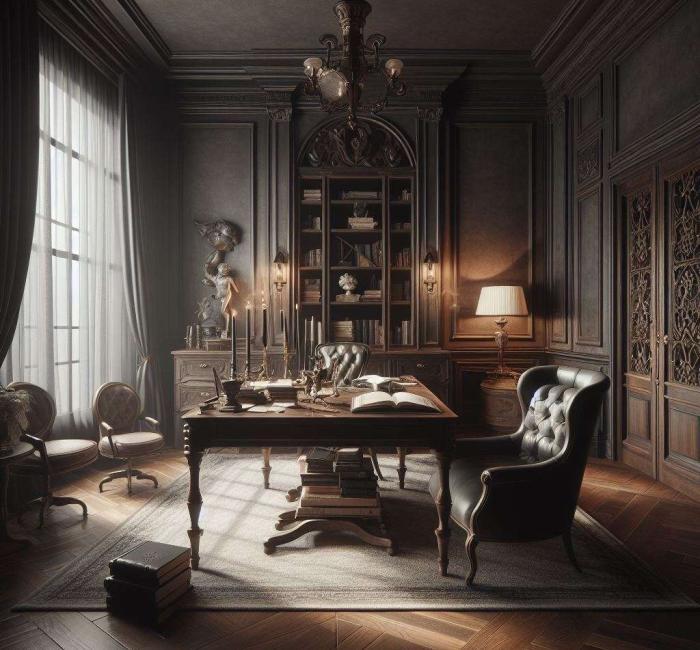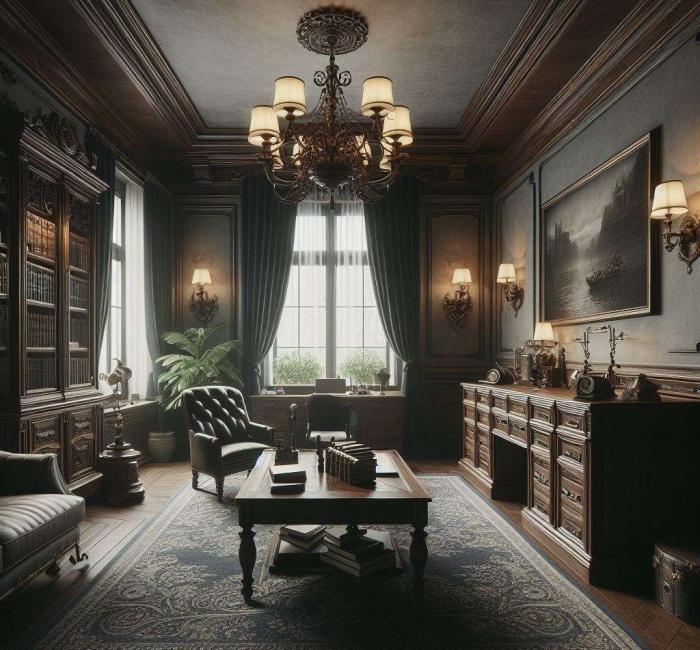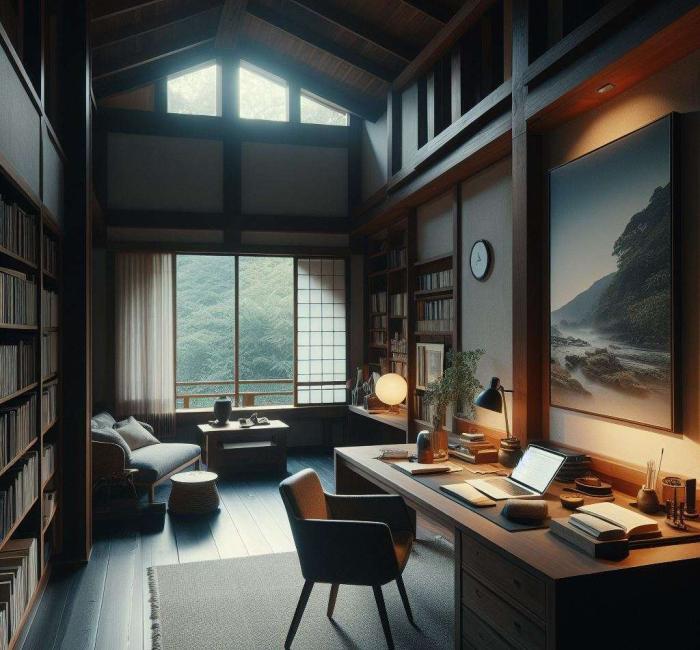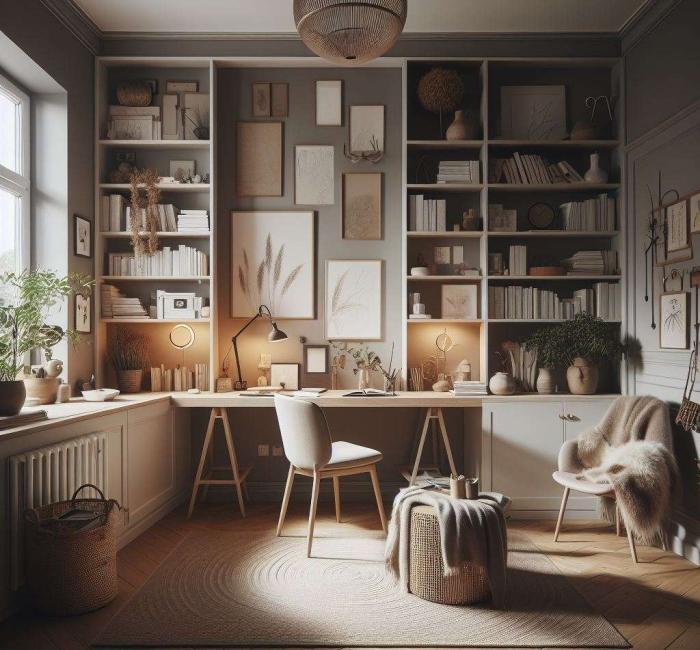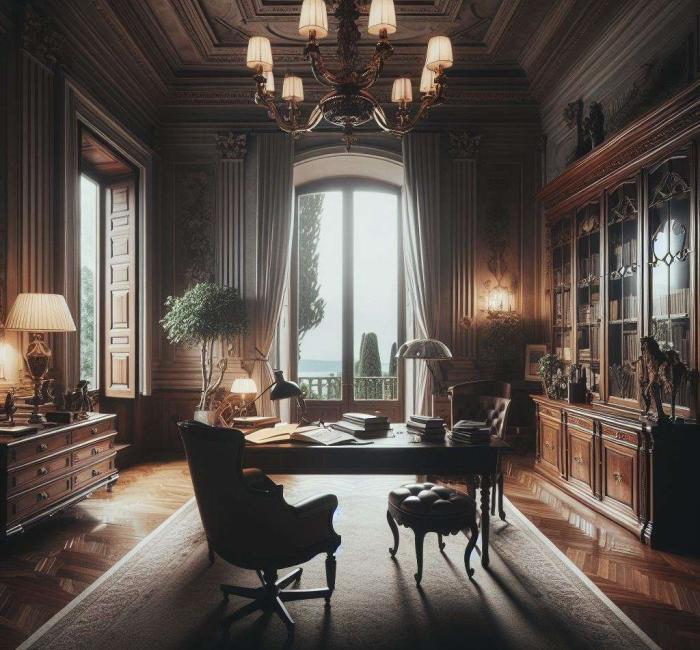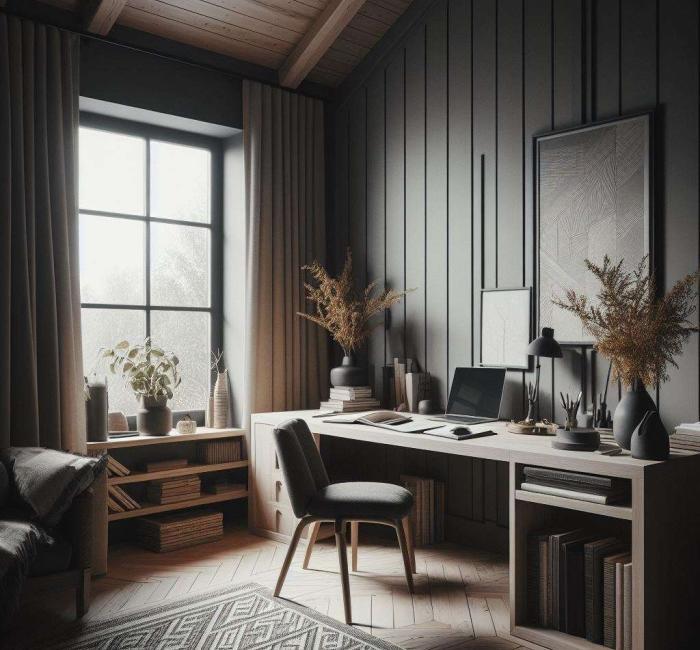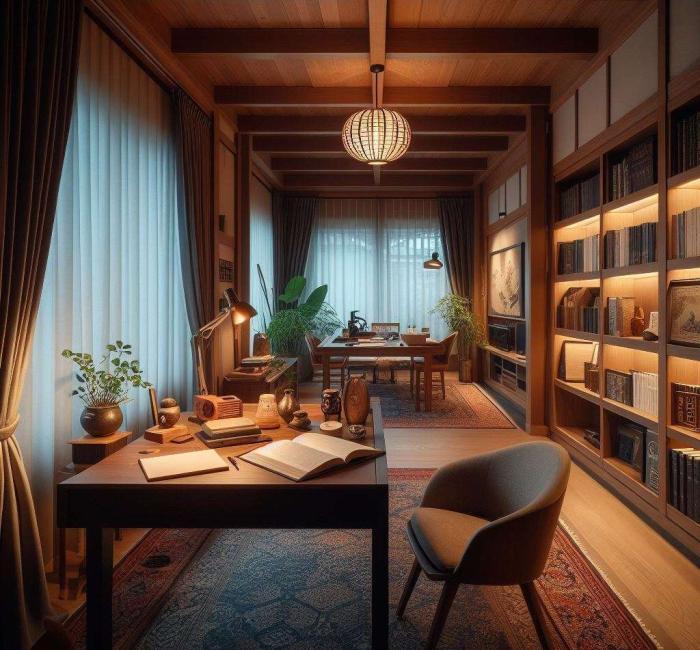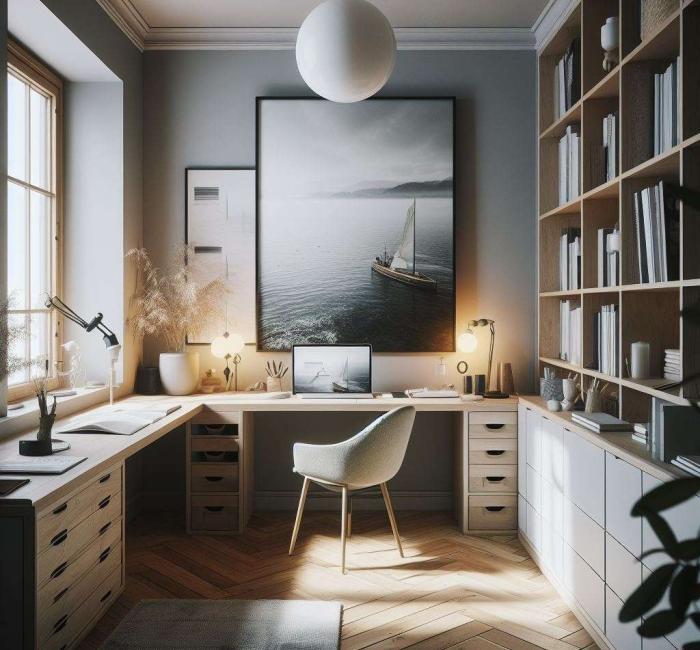AI Based Design
Study Room Design
The design of a study room is a creative synthesis of functionality and inspiring ambience that creates the ideal space for concentration and cognitive work. Important aspects are:
- Furnishing: An ergonomic desk and a comfortable chair are essential elements for effective study. Shelves and storage options help to keep things tidy.
- Lighting: Well-placed light sources, whether from a desk lamp or a ceiling-mounted fixture, will provide adequate brightness and prevent eye fatigue.
- Colors and décor: A neutral color palette promotes a serene atmosphere, while accents of inspirational colors or personal décor elements customize the space.
- Technological Integration: The integration of technology, such as a powerful laptop, good speakers, or a stable internet connection, is crucial for modern learning and working environments.
- Plants and green elements: Plants not only contribute to air quality, but also create a calming environment and promote concentration.
- Acoustics: Acoustic considerations, such as carpets, curtains, or sound-absorbing materials, can help minimize disruption and increase concentration.
- Flexibility: A flexible design makes it possible to adapt the space for different types of study and work, whether for group projects, individual work or creative activities.
- Organization: Storage solutions such as drawers, shelves, and organizers help keep the space tidy and make it easier to access learning materials.
The design of a study room should take into account individual learning styles and needs to create a space that is not only functional but also inspiring. A well-designed study room promotes productivity and the joy of learning.
